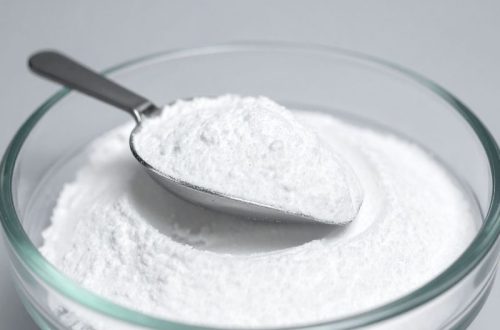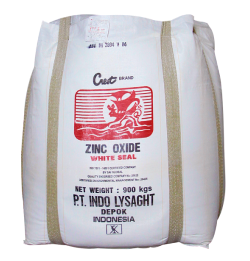The demand for zinc oxide continues to rise as it plays an essential role in various industries, from rubber manufacturing and ceramics to pharmaceuticals and cosmetics. This increasing demand requires continuous improvements in the way zinc oxide is produced. Recent innovations in the zinc oxide production process aim not only to enhance efficiency but also to support sustainable practices. By adopting new methods and advanced technologies, industries are now able to achieve higher productivity, lower costs, and reduced environmental impact.
Innovation in Zinc Oxide Production Process to Improve Industrial Performance
The zinc oxide production has traditionally relied on conventional methods such as the French process and the American process. While effective, these methods often consume high levels of energy and may result in inconsistent product quality. Innovation brings solutions through automation, precise temperature control, and the use of cleaner fuels.
Advanced Methods in Zinc Oxide Production that Reduce Energy Consumption
One of the breakthroughs in the zinc oxide production process lies in reducing energy usage. Traditional furnaces have been replaced with high-efficiency kilns equipped with advanced insulation and optimized airflow. These changes minimize heat loss and lower fuel consumption, making production more sustainable.
Additionally, recycling techniques have been introduced to reuse by-products, further cutting down energy waste. By adopting these methods, manufacturers not only save operational costs but also contribute to a greener production cycle, aligning with global environmental standards.
Technological Innovation Ensuring Consistent Quality in Zinc Oxide Output
Consistency is a key challenge in zinc oxide manufacturing. Modern innovations such as automated monitoring systems and digital sensors allow producers to maintain strict control over the entire process. This ensures uniform particle distribution and high levels of purity.
In conclusion, innovation in the zinc oxide production process has become a driving force for better efficiency and sustainability. Through advanced methods and technological integration, industries can now achieve lower energy consumption, reduced environmental impact, and consistently high-quality output. These improvements not only strengthen industrial performance but also pave the way for a more sustainable future in global zinc oxide production.






